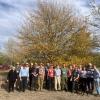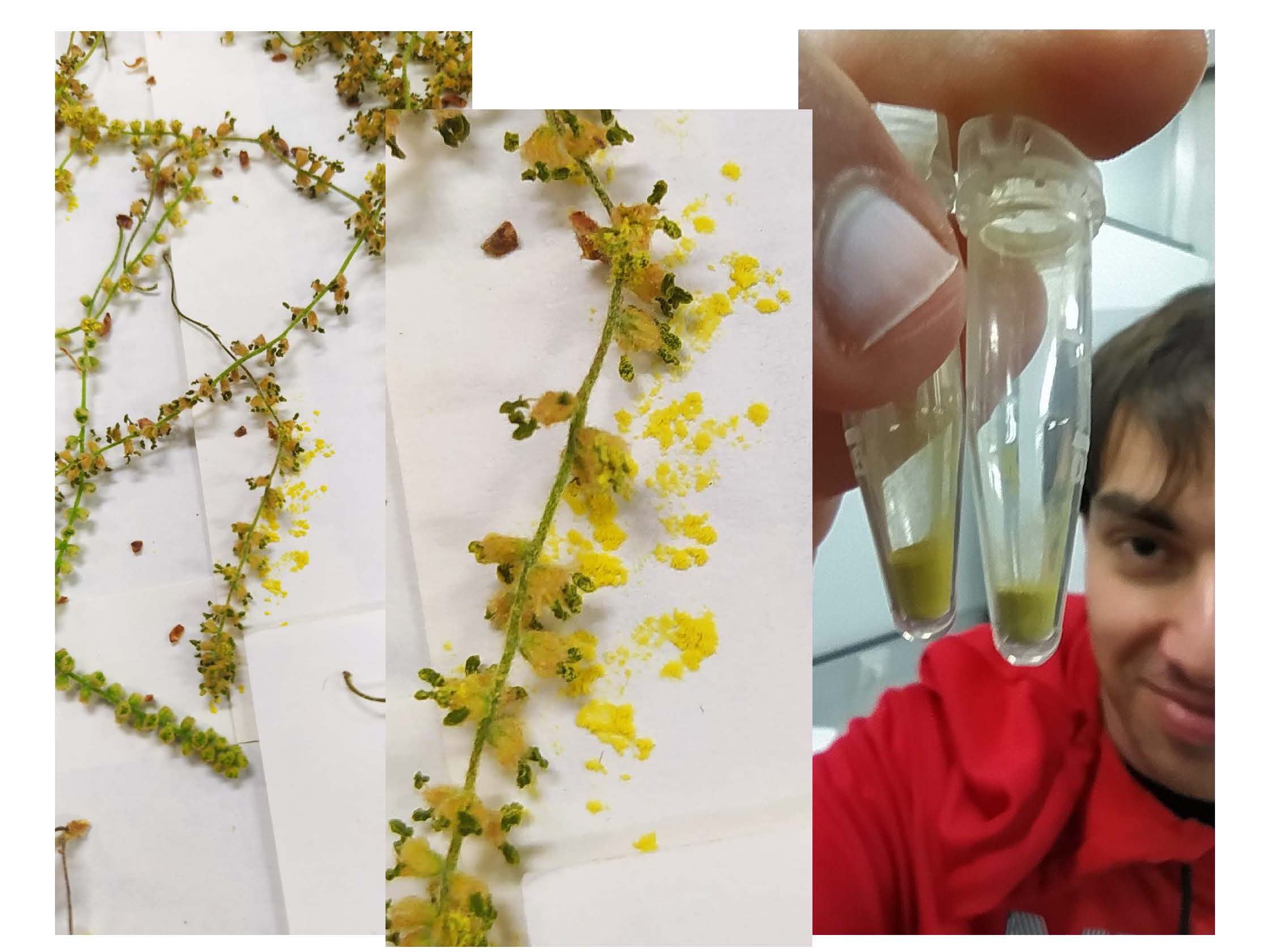Editor's Picks
Plant Focus
Project Contact: Daniel Ballesteros Bargues, Professor, University of Valencia, Av. de Blasco Ibáñez, 13, 46010 Valencia, Spain.
Project Summary: This project has two aims: (1) to conduct basic research on drying and freezing tolerance in a diversity of Quercus species across territories and the oak evolutionary tree to confirm the universality of these traits in the oaks, and (2) to create the first “Global Oak Pollen Bank” that will preserve the genetic diversity of a variety of endangered oak species, as well as key species in ecosystem restoration projects in Europe and three of the most important oak hot spots (USA, Mexico, and China).
Executive Summary: Oak seeds are not conserved for the long-term in any seed bank of the world due to their sensitivity to drying and freezing (the conditions used in conventional seed banks like Svalbard in Norway or the Millennium Seed Bank in the UK). While important efforts are put in research on the cryopreservation of seed embryos or other plant tissues, the implementation of these high-tech approaches is still very limited. As a result, no back up copy exists of the genetic diversity of most oak species in the world. One currently unexplored route to immediately strengthen the conservation of this important group of plants is to establish a pollen bank. Oak pollen appears to tolerate drying and freezing, at least in the four species studied (which represents less than 1% of all species globally) to date. If these attributes of pollen are shared among the 425 oak species reported, as may be the case as oak pollen is reputed to be binucleate (and most binucleate pollen is tolerant to drying), a bank of dry pollen would be a low-tech and universal method for the long-term conservation of paternal lines within oak species around the world. This project has two aims: (1) to conduct basic research on drying and freezing tolerance in a diversity of Quercus species across territories and the oak evolutionary tree to confirm the universality of these traits in the oaks, and (2) to create the first “Global Oak Pollen Bank” that will preserve the genetic diversity of a variety of endangered oak species, as well as key species in ecosystem restoration projects, in Europe and three of the most important oak hot-spots (USA, Mexico and China). To achieve these objectives, we have assembled a world-leading research team to collect, research and bank pollen from at least 50 oak species in a global context (over 10% of all species globally), including 10 of the most endangered taxa in the most important oak hotspots. The project will also contribute to train the next generation of oak conservationists in cryobiotechnology (i.e., combining cryobiology with in vitro technology skills) in order to facilitate the expansion of the collection started in the “Global Oak Pollen Bank” into all oak species and populations. We expect that the “Global Oak Pollen Bank” will not only act as a back-up of the rich oak genetic diversity but will become a fundamental conservation tool in oak restoration projects through assisted reproduction technology (ART).
Further Reading
GCC's Cryopreservation Working Group
Amy Byrne
A video created by Daniel Ballesteros and his team shows the work they do to preserve oak pollen

















